Vaccine makers are prioritising local needs
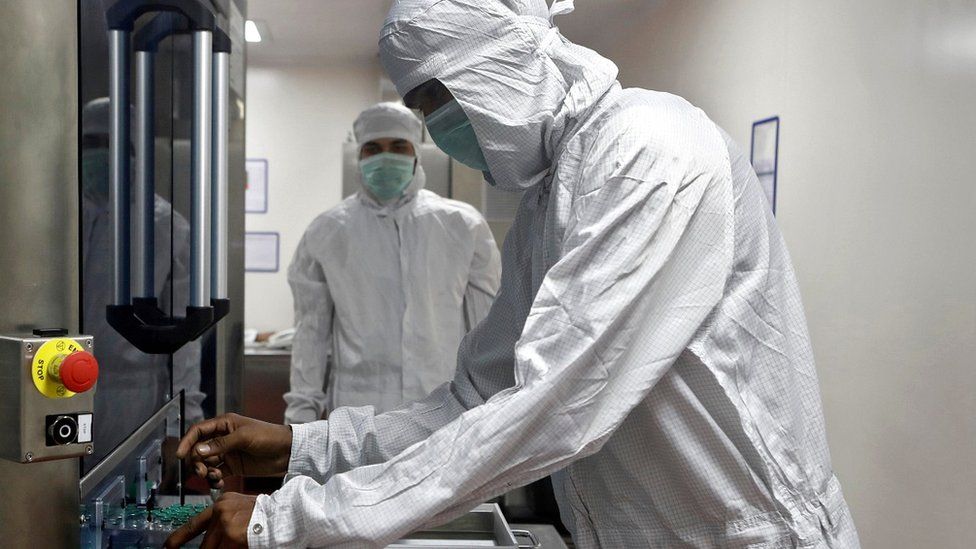
India's largest vaccine producer is struggling to meet domestic demand and says it won't be making doses available for export until the end of the year.
The Indian government aims to ramp up production to cope with the pandemic, with a pledge to produce at least two billion doses between August and December this year.
What vaccines does India have?
Three are currently approved for use: Covishield and Covaxin are both manufactured in India.
The third is Russia's Sputnik V vaccine.
The Serum Institute of India (SII) makes Covishield (under licence from AstraZeneca), whilst the second largest producer, Bharat Biotech, makes the locally-developed Covaxin.
The government said last week it had so far procured 356 million doses of both vaccines, although not all of these doses have been delivered.State authorities and private hospitals have ordered an additional 116 million doses, but it's not clear how many of these have been delivered.
The Sputnik V vaccine, which was approved for use in April, will soon be made available at vaccine centres. India received 210,000 doses earlier this month.
How much faster could India produce vaccines?
The government's ambitious target of two billion doses to be produced in the period from August up to the end of 2021, would go a long way to fully vaccinate India's entire population of 1.3 billion.
However, only three of the eight vaccines currently under production in India have so far been approved for use - two are in the early stages of clinical trials, three in late stage trials.
"We cannot count on those vaccines which are still not approved", says Dr Chandrakant Lahariya, an epidemiologist and public health expert.
"The focus should be on scaling up capacity of existing vaccines."
SII's projections include 750 million doses of Covishield and 200 million doses of Covovax - the local version of Novavax, yet to be approved in India.
Bharat Biotech is also manufacturing two types, and its projections include 550 million doses of Covaxin and 100 million doses of an intranasal vaccine in early stage trials.
In April, SII and Bharat Biotech were promised $400m and $210m respectively from the Indian government to boost their production.
Last week, they told the Indian government their capacity would be boosted to 100 million and 80 million doses per month respectively from August.
These projections for the manufacture of currently approved vaccines in India, fall a long way short of the government's ambition of two billion vaccines to be produced from August to December.
The government has said that it is also in talks with global producers of the Pfizer, Moderna and Johnson & Johnson vaccines - for additional supply to India.
But the makers have said they would discuss availability only by October this year.
Shortages of raw materials
India's vaccine manufacturing has also been hit by raw material shortages after President Biden invoked the US Defense Production Act (DPA) earlier this year, giving US vaccine makers priority access.
The US administration then said last month that it would provide "specific raw materials" for the manufacture of Covishield vaccines in India.
But the Serum Institute says it still faces shortages of the supplies it needs from the US.
Dr Sarah Schiffling, an expert on vaccine supply chains at Liverpool's John Moores University, says the pharmaceutical supply chain is very complex and specialised.
"Even when [global] demand is very high, new suppliers can't spring up as quickly as they would in some other industries, or at least those new suppliers would not be trusted."
How fast are people being vaccinated?
India began its vaccination drive in mid-January and over 185 million vaccine doses have been administered so far.
In early April, daily vaccinations peaked at 3.6 million but that figure has since fallen back to around 1.6 million per day.
"Supply is only one component of the vaccine drive, it should also reach the arms of the people in a timely manner," Dr Lahariya told the BBC indicating that governments need to plan how to utilise the available doses.
At the current pace, it could take up to four years for the entire Indian population of 1.3 billion to get vaccinated.
But some states including Delhi and Maharashtra have said they would have to suspend vaccinations for the 18-44 years age group due to shortages.
No vaccines for export
India's current urgent need to supply its own population, led to the government halting vaccine exports in March.
Although some smaller donations have been allowed, as well a limited amount to the global Covax vaccine-sharing scheme, there's no indication that larger exports will resume any time soon.
SII has made it clear it won't begin exporting vaccines until the end of the year at the earliest.

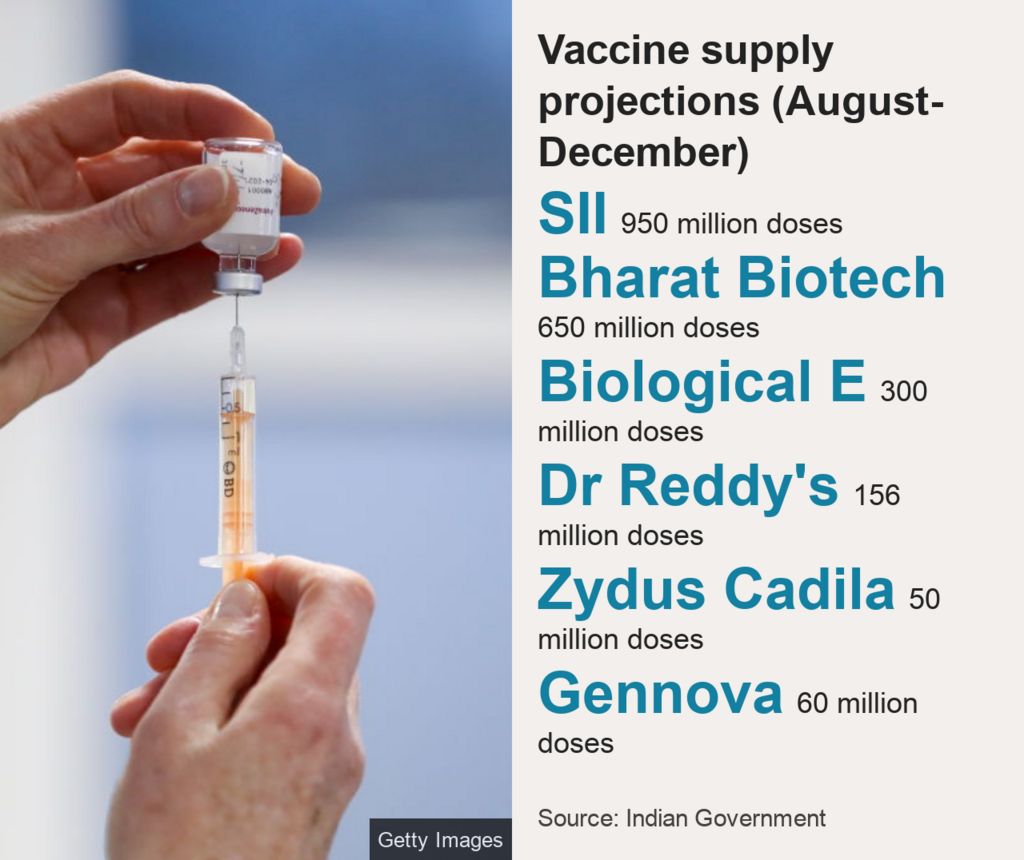


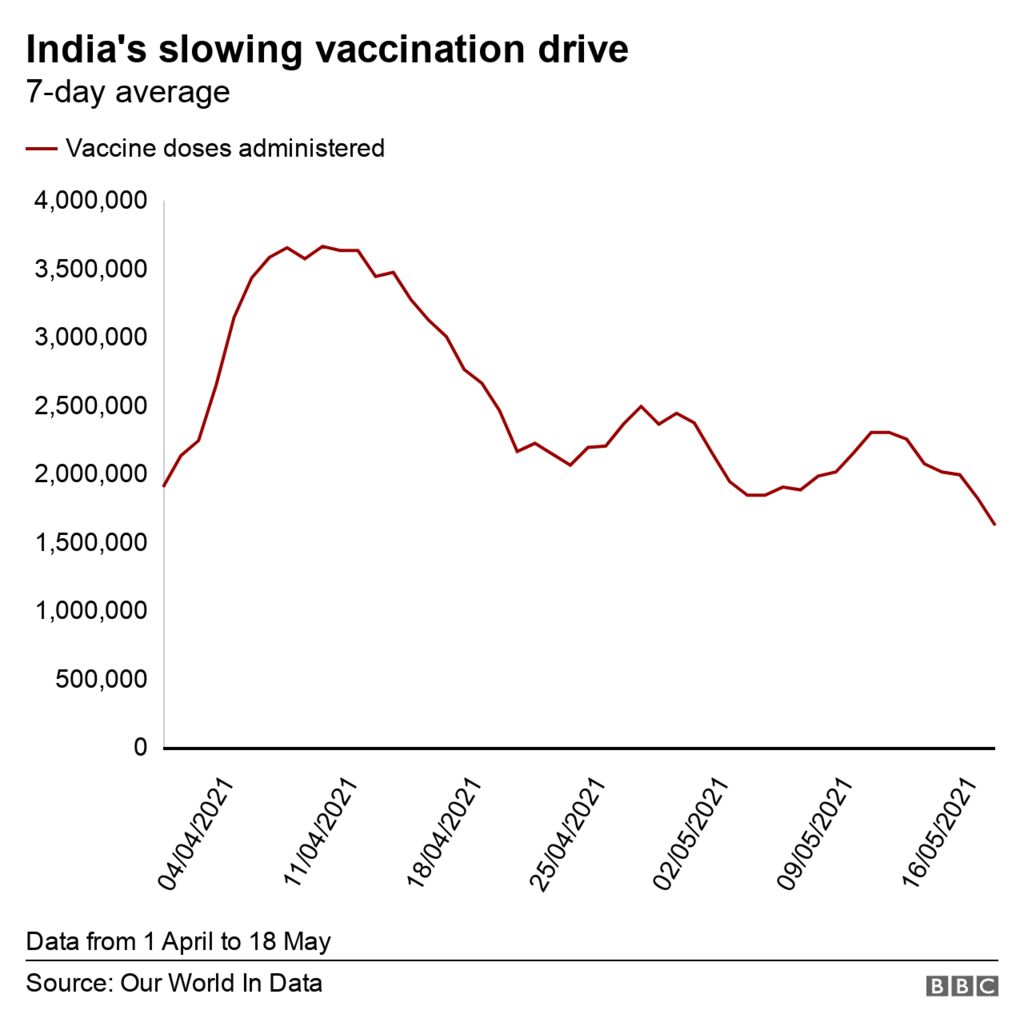
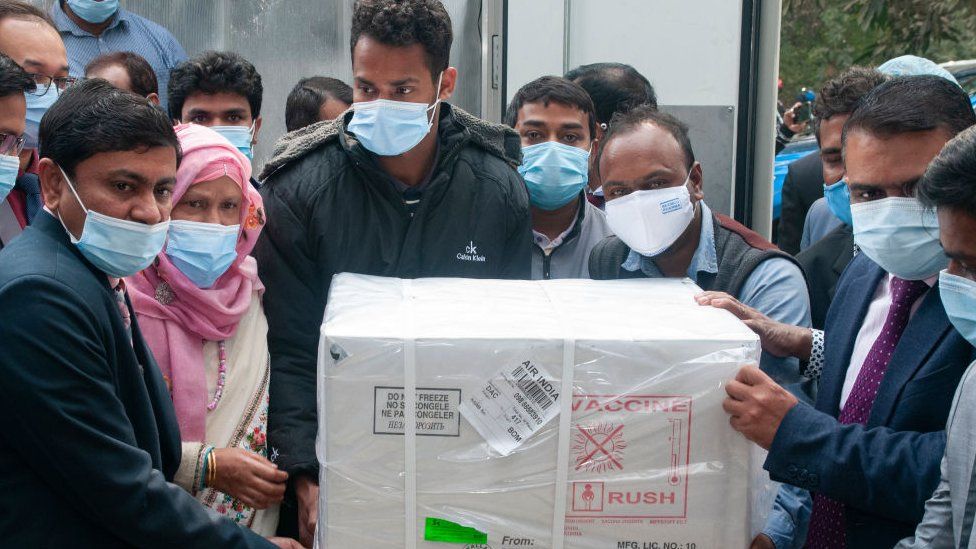

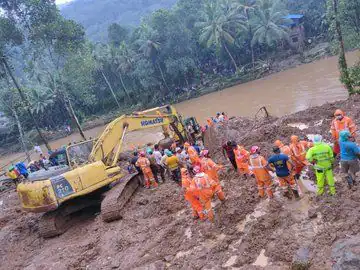




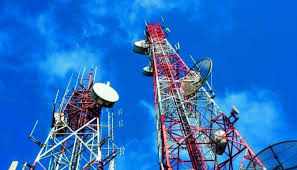
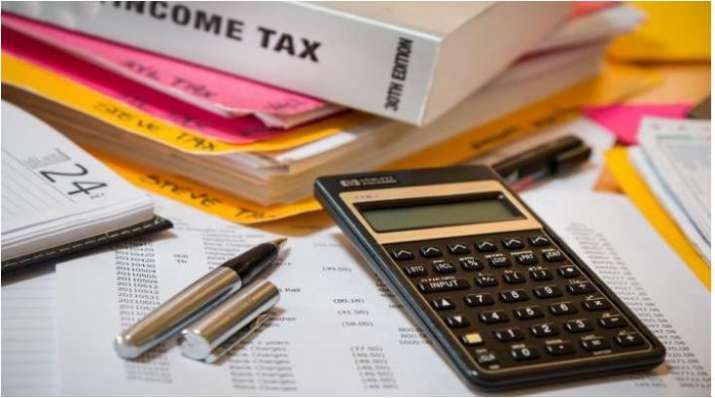

Comments